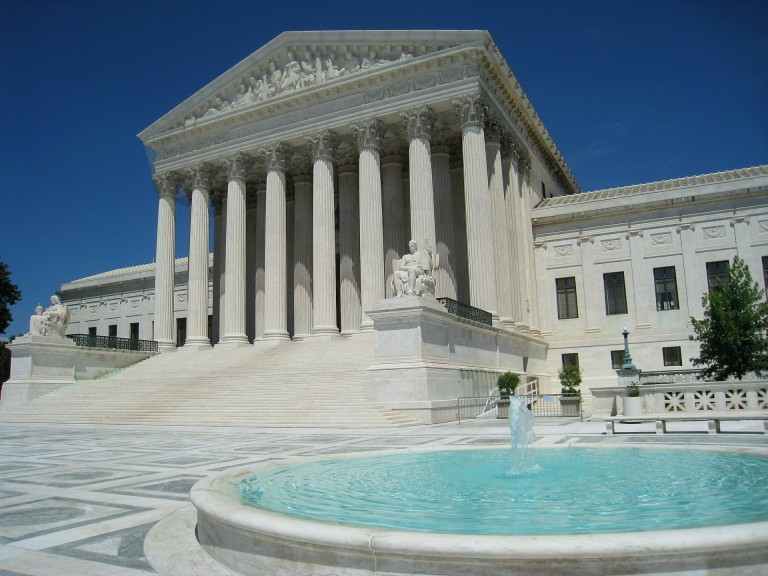In November, the U.S. Supreme Court heard arguments for and against continuing the program known as “DACA” — Deferred Action for Childhood Arrivals. DACA was created by Executive Order in June 2012, protecting certain undocumented individuals from deportation. An estimated 700,000 people have DACA benefits, including the two-year (renewable) work permit the program authorizes. The Supreme Court decision is expected to become public in Spring 2020.
Eligible people for DACA are those who:
- entered the United States before the age of 16
- are in school or have graduated high school or its equivalent in the United States
- are at least 15 years old, unless in removal proceedings or have a deportation order
- do not have disqualifying criminal convictions, and
- were under the age of 31 in June 2012
Following is a brief history of the program:
- President Obama initiated the program through Executive Order in June 2012.
- Over 700,000 undocumented people applied for and received DACA.
- In September 2017, the Trump Administration abruptly rescinded DACA.
- Immigrant advocates sued the Administration.
- Federal district courts mostly agreed with the immigrant advocates that the Administration violated the law in the manner it ended the program. The lower court orders allowed the program to continue with some limitations.
- Three lawsuits filed in California, New York, and Washington D.C. were consolidated for review by the Supreme Court.
- On November 12, 2019, the Supreme Court heard oral arguments in the case.
Note the Supreme Court is not considering whether the Administration has the authority to terminate the DACA program. Rather, DACA was created by the executive branch of government (not by Congress), and therefore, the program also can be terminated by the executive branch. The case before the Supreme Court, instead, concerns the process of program termination. One hurdle before the DACA advocates is convincing the Supreme Court that it even has the power to review the Administration’s action to terminate the program. If so, the DACA advocates argue that the Administration did not follow proper procedures and should be required to start over again with the termination process.[1]
While the Supreme Court decision is pending, DACA program benefits continue. Renewal applications should be filed a few months in advance of expiry in order to obtain a timely work permit renewal without interruption of work authorization. (DACA-based work permits are not eligible for the automatic 180-day extension afforded to other types of work authorization.[2]) First-time applications are not being accepted. Nor is USCIS accepting applications for travel permission by a DACA recipient.
[1] See blog post on arguments before the Supreme Court, https://www.scotusblog.com/2019/11/argument-analysis-justices-torn-hard-to-read-in-challenge-to-decision-to-end-daca/
[2] See https://www.uscis.gov/working-united-states/automatic-employment-authorization-document-ead-extension

